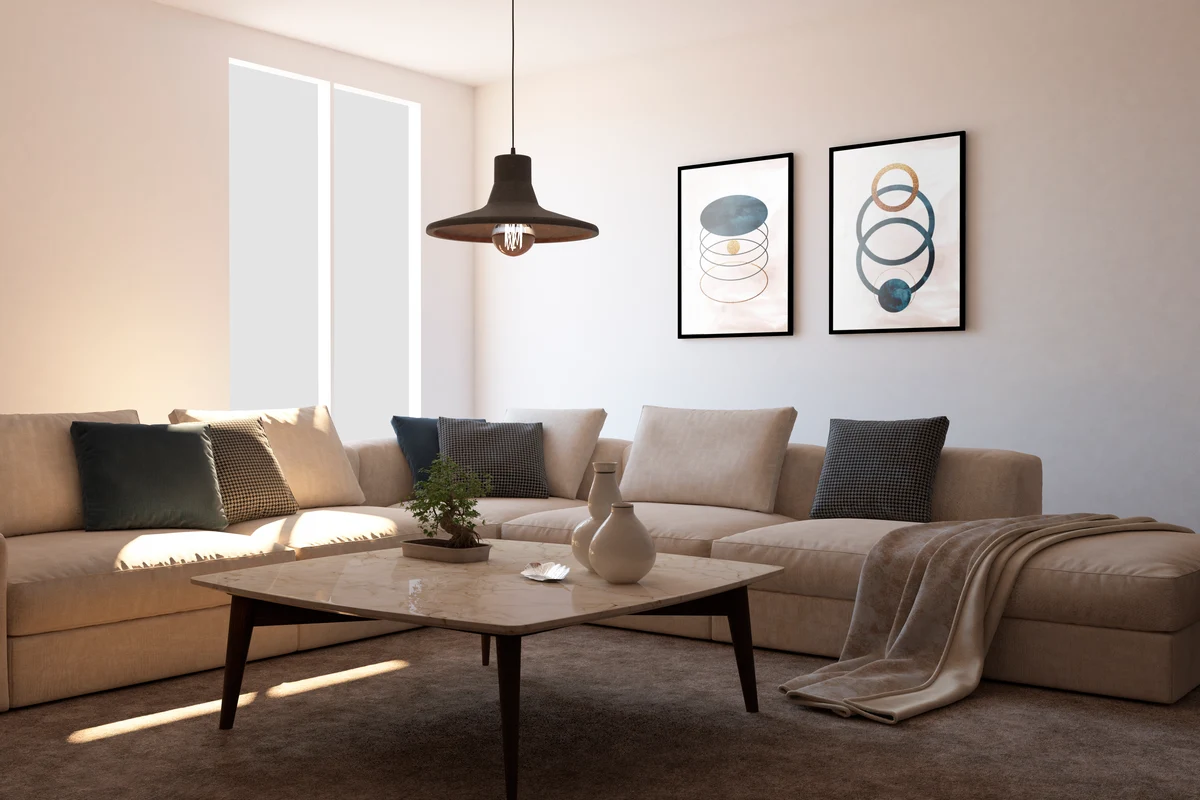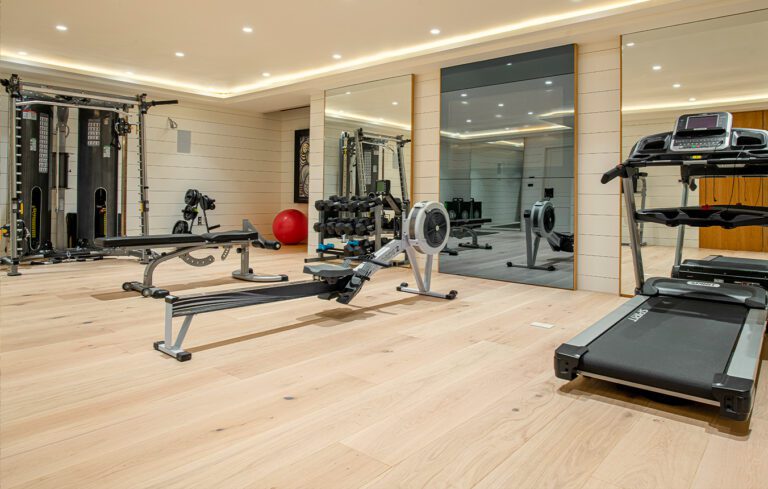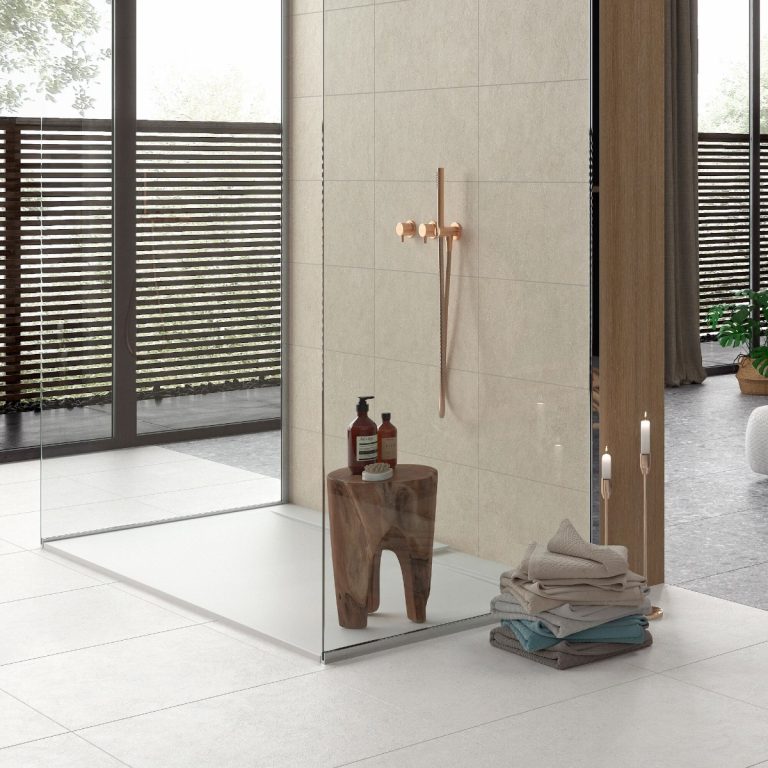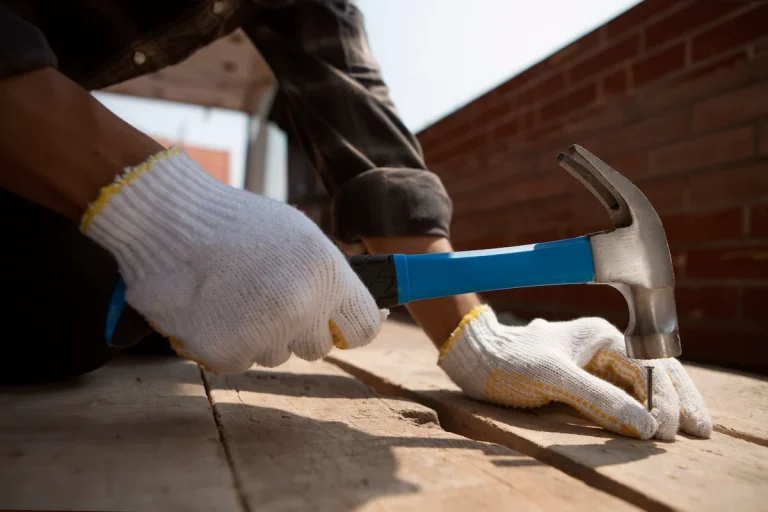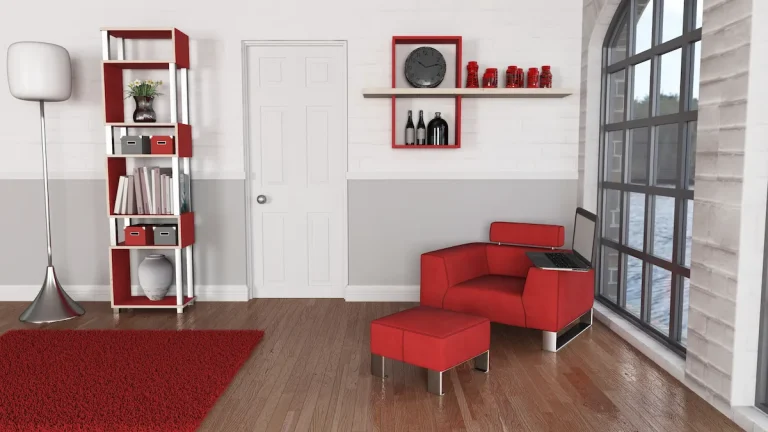Selecting the ideal flooring for your home is a significant decision that affects not only the overall look of your interior but also your daily comfort and long-term maintenance. Among the most popular options on the market are carpet vs. LVT flooring. Each offers unique advantages and limitations depending on your lifestyle, budget, and aesthetic preferences.
In this comprehensive guide, we’ll explore the key differences between carpet vs. LVT flooring, covering aspects such as cost, durability, maintenance, appearance, and comfort. Whether you’re renovating a single room or an entire home, understanding these distinctions will help you choose the flooring that best suits your needs.
Carpet vs. LVT Flooring
When deciding between carpet and luxury vinyl tile (LVT), understanding their core differences is essential. This article compares these two popular flooring types across cost, durability, maintenance, aesthetics, and comfort to help homeowners make the most suitable choice for their spaces.
1. Cost Comparison – Is LVT More Expensive than Carpet?
Although both options come in a range of price points, is LVT more expensive than carpet? Generally, LVT tends to have a higher upfront cost. However, it’s important to factor in long-term value, especially in high-traffic areas.
LVT’s durability means fewer replacements and less maintenance over time, which can result in cost savings. In contrast, carpets—while often cheaper to install—may need frequent cleaning or even replacement within a shorter timespan, adding to the long-term costs.
Key cost factors include:
- Installation complexity and material quality
- Longevity of the flooring
- Ongoing upkeep expenses
2. Durability – Which Flooring Lasts Longer?
In the debate of carpet vs. LVT flooring, durability is a major consideration. LVT is typically more robust and better suited for areas with high footfall or exposure to moisture, such as kitchens and bathrooms.
Its multi-layered construction resists scratches, dents, and water damage. Carpet, on the other hand, is vulnerable to stains, moisture absorption, and general wear, particularly in busy households or commercial settings.
Advantages of LVT in terms of durability:
- Scratch and dent resistance
- Water resistance
- Long-lasting performance even under stress
3. Maintenance – Which Is Easier to Care For?
Maintenance can be a dealbreaker for many homeowners. In this area, LVT is a clear winner. It requires minimal daily care, usually just sweeping or mopping. Carpet, however, demands more frequent attention—vacuuming several times a week and occasional professional deep cleans.
This practicality makes LVT an excellent choice for busy homes, pet owners, or commercial areas.
Maintenance comparisons:
- LVT: Easy to clean, moisture-resistant, low upkeep
- Carpet: High maintenance, prone to staining and dust accumulation
4. Appearance – Which Option Looks Better?
Visually, both flooring types offer appeal, but their styles differ significantly. Carpet is available in a vast range of textures, patterns, and colours, providing warmth and softness that suits cosy living areas.
LVT, however, offers versatility through high-quality finishes that mimic wood, stone, or tile, delivering a sleek, modern appearance that complements contemporary interiors.
Visual highlights:
- Carpet: Plush textures, deep colours, a warm ambience
- LVT: Sleek finishes, realistic material imitation, diverse design choices
5. Comfort – Which Flooring Feels Better?
If comfort is your priority, carpet usually comes out on top. Its cushioned surface and insulating properties make it ideal for bedrooms and lounges where softness and warmth are appreciated.
LVT can be comfortable underfoot, especially when paired with a quality underlay, but it generally lacks the plush feel of carpet. It’s cooler and harder, though ideal in practical environments.
Comfort breakdown:
- Carpet: Soft, warm, excellent sound absorption
- LVT: Firm, cool, stylish yet less cushioned
Which Flooring Is Right for Your Space?
Choosing between carpet vs. LVT flooring requires a personalised approach. Think about how each space is used, the level of traffic, maintenance expectations, and your interior style preferences. High-traffic and moisture-prone areas benefit from LVT, while rooms focused on comfort and relaxation may be better suited to carpet.
Before deciding, ask yourself:
- Do I need low-maintenance flooring?
- Is comfort a top priority?
- How much traffic does the area receive?
- What look am I going for?
By carefully evaluating these considerations, you can confidently choose the flooring solution that enhances both the function and style of your home.
Conclusion
The carpet vs. LVT flooring debate depends on what you value most—comfort or practicality, style or resilience. LVT excels in durability, maintenance, and modern aesthetics, making it ideal for busy or wet environments. Carpet, meanwhile, provides unbeatable softness and a homely atmosphere that makes any room feel inviting.
And if you’re still wondering, is LVT more expensive than carpet? While the upfront cost may be higher, the long-term value of LVT often outweighs its initial price tag thanks to its longevity and low maintenance.
Ready to transform your space with the right flooring choice? Contact TEKA Flooring today. Our expert team will help you explore the best options to suit your budget, lifestyle, and aesthetic preferences—whether it’s the softness of carpet or the practicality of LVT. Visit our blog for more flooring insights and inspiration.
Read also:


























